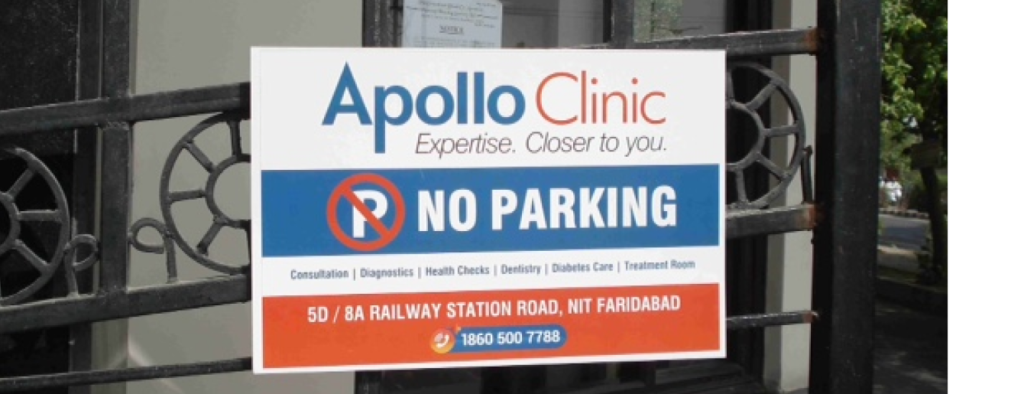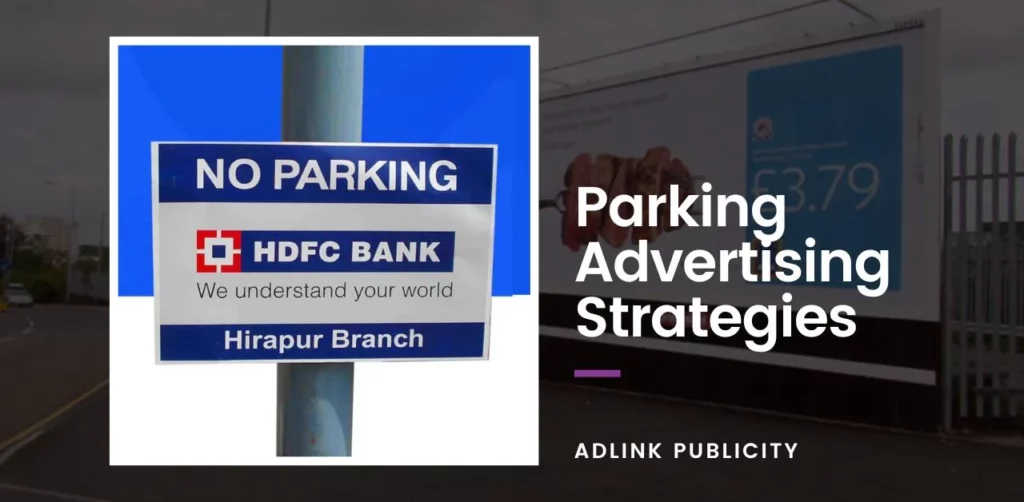Out-of-home (OOH) advertising is a traditional form of advertising that encompasses various advertising mediums placed outside of consumers’ homes, offices, government buildings and market places. This type of advertising targets people while they are on the move, outside their residences, and includes billboards, buses, posters, and more.
Out-of-home advertising is also called outdoor advertising.
The out-of-home advertising space is currently experiencing an exhilarating period of growth and development. Despite the passage of time, the demand for OOH campaigns has remained consistently strong in recent years. As we enter another decade, the business is loaded up with expectation and enthusiasm for what lies ahead in the domain of true outdoor publicity.
It’s tough to be heard outdoors. The fusion of technological advancements with the enduring advantages of real-world advertisements has made OOH advertising an essential component for numerous marketers and advertisers.
Types of Outdoor Advertising
Billboards
Billboards are one of the most common and effective forms of out-of-home advertising. These large structures are strategically placed along highways, busy streets, and high-visibility areas to capture the attention of motorists and pedestrians. Billboards can feature eye-catching visuals, compelling messages, and even interactive elements to engage the audience and create a lasting impression.
Busses
Buses offer a unique opportunity for out-of-home advertising. Advertisements can be placed on the exterior of buses, reaching a large and diverse audience as they travel through urban and suburban areas. Bus advertising allows for creative and visually appealing designs that can capture attention and generate brand awareness.

Pole Kiosk
Pole Kiosks are a versatile form of outdoor advertising that can be displayed in various locations such as bus shelters, train stations, and shopping centers. They are typically large, colorful, and visually appealing, making them effective in grabbing attention and conveying a message. Pole kiosk advertising can be an excellent choice for local businesses targeting specific neighbourhoods or communities.
Street Advertising
Street advertising involves placing advertisements on various street-level structures such as bus shelters, benches, kiosks, and phone booths. These advertisements are strategically positioned in urban areas with high foot traffic. Street advertising can effectively target pedestrians and commuters, providing an opportunity to engage with potential customers at the street level.
Why media buyers love OOH advertising
Wider Audience Reach
OOH advertising or outdoor advertising has the potential to reach a large and diverse audience. Billboards, transit ads, and other outdoor advertising formats are strategically placed in high-traffic areas, ensuring exposure to a broad range of consumers. This extensive reach makes it appealing to media buyers who want to maximize their brand’s visibility.
Targeted Advertising
OOH advertising allows for precise targeting. Media buyers can select specific locations and environments that align with their target audience. For instance, they can choose to display ads in specific neighborhoods, along commuter routes, or near certain venues to effectively reach their desired demographics.
High Impact and Brand Awareness
Outdoor ads have a significant visual impact. Their large size, vibrant colors, and creative designs capture attention and leave a lasting impression on viewers. This makes them ideal for building brand awareness and delivering memorable messages.
Complementary to Digital Campaigns
OOH advertising complements digital advertising efforts. Media buyers can integrate their outdoor advertising campaigns with online and mobile strategies to create a cohesive brand experience. For example, including QR codes or unique URLs on OOH ads can drive traffic to digital platforms, enabling further engagement and conversion opportunities.
Non-Intrusive and Less Ad-Blockable
OOH advertising bypasses ad blockers and provides a non-intrusive advertising experience. Unlike digital ads, which can be easily skipped or ignored, OOH ads are visible in the physical world and cannot be blocked by software. This ensures that the brand’s message reaches consumers without interruption.

6 Tips for a Successful OOH Advertising Campaign
Research Your Location: Thoroughly research and select locations that align with your target audience and campaign objectives. Consider factors such as foot traffic, demographics, and proximity to points of sale.
Go Digital: Embrace digital out-of-home advertising to leverage dynamic content and real-time updates. Incorporate engaging visuals, videos, and interactive elements to capture attention and create memorable experiences.
Use Eye-Catching Display Boards: Design visually appealing advertisements that stand out in the urban landscape. Utilize bold colors, striking imagery, and clear messaging to capture the attention of passersby.
Make It Shareable: Create content that encourages social sharing and user-generated content. Incorporate hashtags, QR codes, or interactive experiences that prompt viewers to engage with the advertisement and share their experiences on social media.
Research the Competition: Study the out-of-home advertising strategies of your competitors. Identify their strengths and weaknesses, and find unique ways to differentiate your brand and capture the attention of your target audience.
Set Quantifiable Goals: Clearly define your campaign objectives and establish key performance indicators (KPIs) to measure success. Whether it’s increased brand awareness, foot traffic, or sales, set measurable goals to evaluate the effectiveness of your campaign.
Conclusion
Out-of-home advertising continues to play a significant role in the marketing landscape. Its wide reach, high visibility, and ability to create brand awareness make it a powerful tool for businesses looking to engage with consumers outside their homes. By understanding the different types of out-of-home advertising, their importance, and the tips for running successful campaigns, marketers can leverage this medium effectively to drive brand recognition, foot traffic, and sales.
FAQs
Out-of-home advertising offers unique advantages compared to other forms of advertising. Unlike television or online ads, which can be skipped or blocked, out-of-home ads provide a non-intrusive advertising experience that cannot be ignored or easily avoided. Additionally, out-of-home ads have a physical presence in the real world, making them more tangible and memorable for viewers.
Out-of-home advertising can be seamlessly integrated with digital marketing efforts to create a cohesive brand experience. By incorporating QR codes, unique URLs, or interactive elements in out-of-home ads, media buyers can drive traffic to digital platforms and engage viewers further. This integration allows for cross-channel marketing and provides additional opportunities for customer engagement and conversion.
Yes, out-of-home advertising can be cost-effective for small businesses. While large-scale billboards in prime locations may be expensive, there are other affordable options available, such as posters in local bus shelters or targeted street furniture ads. By carefully selecting locations and leveraging creative designs, small businesses can achieve effective brand exposure within their budget
The cost of out-of-home advertising varies depending on factors such as location, duration, and format. While it can be more affordable than traditional media like TV, the cost-effectiveness ultimately depends on the specific campaign objectives and budget allocation.
Digital out-of-home (DOOH) advertising utilizes digital displays and technology, offering dynamic content, real-time updates, and interactive experiences. Traditional out-of-home advertising employs static formats like billboards and posters.

